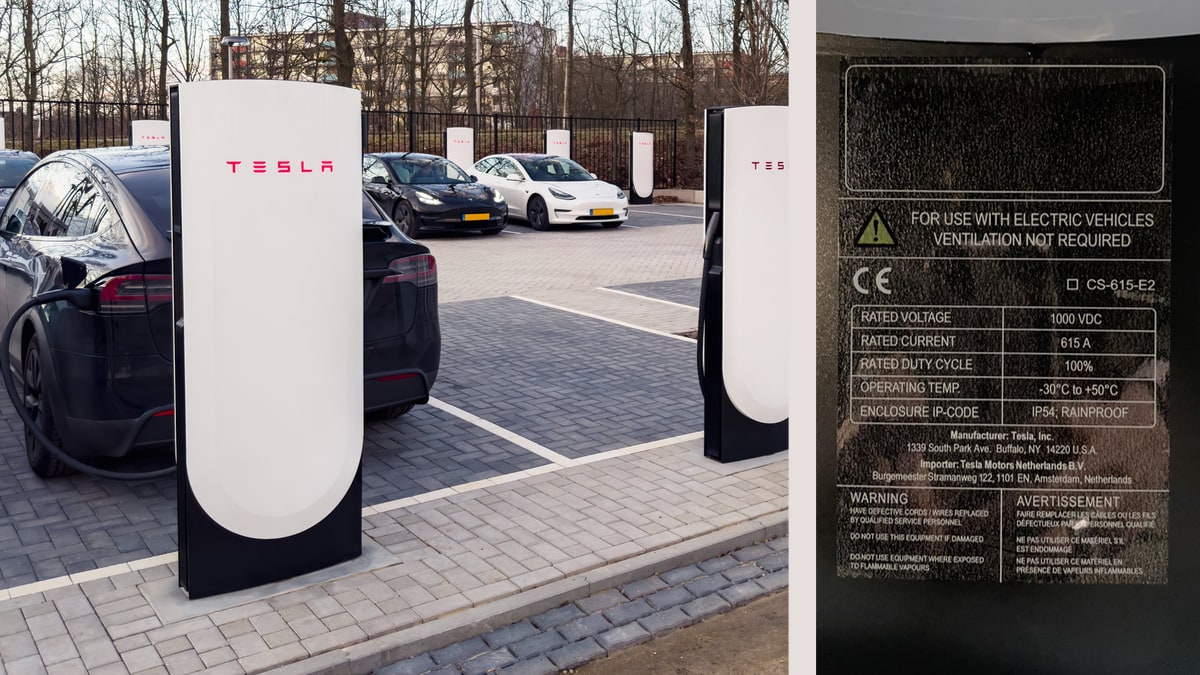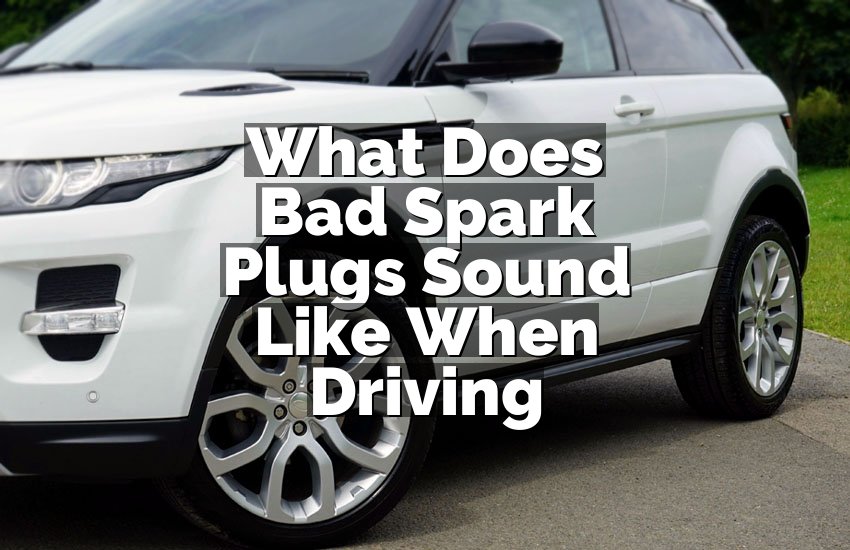Airbags will not deploy if a car is off or parked, as they rely on sensors detecting a collision to activate. When a vehicle is not in motion, the sensors do not detect a collision and therefore, the airbags will not deploy.
However, it’s important to note that some car models have advanced safety features that may vary in their behavior. The deployment of airbags in a vehicle is a crucial safety feature that can significantly reduce the risk of injury in the event of a collision.
Understanding the circumstances under which airbags activate is essential for maintaining vehicle safety. This article will discuss the functioning of airbag deployment systems, the role of vehicle sensors, and how environmental factors and vehicle technology can impact airbag deployment. In modern vehicles, airbags have become an integral part of the overall safety system, providing essential protection for occupants during accidents. Knowing when and how airbags deploy can enhance the overall understanding of vehicle safety and the measures in place to protect occupants.
How Do Airbags Function In A Car?
Airbags in cars use sensors to detect sudden deceleration. If a car is off or parked, most modern vehicles won’t deploy the airbags. They require the ignition to be on and the vehicle’s sensors to detect a collision to activate.
Airbags are an essential safety feature in modern vehicles, designed to protect occupants in the event of a collision. These inflatable cushions rapidly deploy upon impact, cushioning the occupants and reducing the risk of severe injuries. Understanding how airbags function can help us appreciate their significance in ensuring passenger safety. Let’s explore the two key aspects of airbag operation: inflation upon impact and the dependence on sensors.
Inflation Upon Impact
When a collision occurs, airbags must inflate instantly to provide immediate protection. This process involves a series of complex steps that happen in a matter of milliseconds. The primary component responsible for inflation is a chemical propellant called sodium azide (NaN3). Stored inside the airbag module, this propellant is activated by a tiny electric current or a mechanical trigger.
Once activated, the sodium azide decomposes rapidly, producing a controlled explosion. This explosion generates nitrogen gas, which inflates the airbag. Simultaneously, vents in the airbag module allow excess gas to escape, preventing over-inflation and maintaining the necessary cushioning effect. The entire inflation process takes place within a fraction of a second, ensuring the airbag is ready to protect the occupants on impact.
Dependence On Sensors
Airbags rely on a network of sensors strategically placed throughout the vehicle to detect sudden deceleration or impact. These sensors continuously monitor various parameters, such as speed, acceleration, and changes in vehicle orientation. When a significant change is detected, indicating a collision, the airbag control unit initiates the deployment sequence.
One prominent sensor used in airbag systems is the accelerometer. This device measures changes in the vehicle’s velocity and linear acceleration, allowing it to distinguish between normal driving conditions and collision scenarios. Additionally, gyroscopes and crash sensors also contribute to the accuracy of the detection process.
| Common sensors used in airbag systems | Function |
|---|---|
| Accelerometer | Detects changes in velocity and linear acceleration |
| Gyroscope | Measures changes in vehicle orientation or rotation |
| Crash sensor | Identifies abrupt changes in acceleration consistent with a collision |
The combined input from these sensors ensures that airbags deploy only during scenarios where their deployment is necessary, preventing unnecessary activation during normal driving conditions. Such precision helps reduce the likelihood of harm to occupants while maximizing the effectiveness of airbag deployment.

Credit: www.notateslaapp.com
Can Airbags Deploy While The Car Is Off Or Parked?
When it comes to airbag deployment, many people wonder whether airbags can deploy while the car is off or parked. This is an important consideration for vehicle owners and occupants, as airbags are a crucial safety feature in modern cars.
Impact On Deployment
The deployment of airbags is not dependent on whether the car is off or parked. Airbags are designed to deploy in the event of a collision, regardless of the vehicle’s ignition status or parking state. When a collision occurs, the impact sensors in the car detect the sudden deceleration and trigger the airbag deployment system, activating the airbags to protect the occupants from the impact.
Battery Power And Deployment
The deployment of airbags is not reliant on the car’s battery power. The system that controls airbag deployment is designed to function independently of the car’s battery. In the event of a collision, the impact sensors prompt the airbag deployment regardless of the battery’s condition. This is a crucial safety feature that ensures airbags can deploy even if the car is off or the battery is disconnected.
Safety Precautions Regarding Airbags And Parked Cars
When it comes to airbags and parked cars, it’s essential to understand the safety precautions necessary to avoid any unexpected deployments that may cause harm. Below, we will delve into the measures to take in different scenarios to ensure the safety of individuals in and around parked vehicles.
Turning Off Ignition
Before performing any maintenance or repairs on a parked car, always remember to turn off the ignition. This small but crucial step can prevent the accidental deployment of airbags if any work is being done near the airbag system. By doing so, you mitigate the risk of triggering the airbag sensors and deploying the airbags unintentionally.
Safety Measures During Maintenance
When working on a parked car, it’s important to adhere to proper safety measures to avoid any inadvertent deployment of airbags. One should always ensure that the car’s battery is disconnected before conducting any maintenance involving airbags. Additionally, it’s crucial to avoid any impact or pressure on the airbag system, such as rough handling or using excessive force, to prevent accidental deployment.

Credit: www.carlblackkennesaw.com
Battery Disconnection And Airbag Functionality
Airbags will not deploy if a car is off or parked. This is because the airbag system relies on power from the vehicle’s battery, and disconnecting the battery will disable the airbag functionality. It’s important to keep this in mind when working on or disconnecting a car’s battery.
Disconnecting The Battery
When it comes to the question of whether airbags will deploy if a car is off or parked, it is essential to consider the role of the battery in the functionality of the airbag system. One key factor that influences this is the connection of the car’s battery.
Disconnecting the car’s battery can have various effects on the different systems and components of the vehicle. It is important to understand how this action can impact the operation of the airbag system.
Impact On Airbag System
The airbag system in vehicles is designed to provide an additional layer of safety in the event of a collision. It relies on sensors that detect sudden deceleration or impact, triggering the deployment of airbags to help protect occupants.
However, in many modern cars, the airbag system and other safety features are directly connected to the vehicle’s battery. Disconnecting the battery can potentially disrupt the power supply to the system, resulting in a loss of functionality.
It is important to note that when the battery is disconnected, the car’s electrical systems, including the airbag system, may temporarily lose power. This means that the airbags may not deploy as intended in the event of a collision or impact while the battery is disconnected.
| Effect of Battery Disconnection on Airbag System |
|---|
| – Temporary loss of power to the airbag system |
| – Airbags may not deploy as intended |
| – Increased risk of occupant injury in a collision |
Thus, it is vital to keep the battery connected to ensure the proper functioning of the airbag system. In case of any maintenance or repair work that requires disconnecting the battery, it is recommended to consult the vehicle manufacturer’s guidelines or seek professional assistance.
- Disconnecting the car battery can impact the functionality of the airbag system.
- The airbag system relies on the power supply from the vehicle’s battery to operate seamlessly.
- When the battery is disconnected, the airbag system may lose power temporarily.
- If the airbag system loses power, the airbags may not deploy as intended during a collision.
- This can increase the risk of occupant injuries in a crash.
- To ensure the proper functioning of the airbag system, it is crucial to keep the battery connected.
In conclusion, disconnecting the car’s battery can have a significant impact on the functionality of the airbag system. It is important to understand the potential consequences and take precautions to keep the battery connected to ensure the proper operation of the airbags in the event of a collision or impact.
What To Do In Case Of Airbag Deployment In A Parked Car?
If an airbag deploys in a parked car, stay calm. Exit the vehicle promptly, assess injuries, and seek medical assistance if needed. Contact emergency services for further assistance. Remember, preventive maintenance can help avoid unexpected airbag deployments.
Emergency Response
`In case of airbag deployment in a parked car, stay calm.Contacting Emergency Services`Contacting Emergency Services
`1. Immediately check for injuries. 2. Dial emergency services (911) for help. 3. Provide your location clearly and calmly. 4. Wait for help to arrive.Ensure safety is the top priority in such situations.Remember, quick actions can save lives in emergencies like this.Potential Risks Associated With Airbags Deploying In Parked Cars
Potential risks associated with airbags deploying in parked cars
Injuries To Occupants
Airbags deploying in parked cars can cause serious injuries to occupants due to the unexpected deployment.
Vehicle Damage
The force of airbag deployment in a parked car can lead to significant damage to the vehicle’s interior components and structure.
Legal Implications Of Airbag Deployment In Stationary Cars
Airbags are an essential safety feature in cars, designed to protect passengers in the event of a collision. However, have you ever wondered what happens when a car is off or parked? Will the airbags deploy? This blog post explores the legal implications of airbag deployment in stationary cars, including liability concerns and insurance coverage.
Liability Concerns
When it comes to airbag deployment in stationary cars, liability concerns play a crucial role. If an airbag deploys unexpectedly while a car is parked, it can lead to both legal and financial implications for the vehicle owner and any other parties involved.
Liability issues may arise if the airbag causes injury or damage due to a malfunction or defect. In such cases, the vehicle manufacturer might be held responsible for any injuries or damages caused by the airbag deployment. However, the vehicle owner’s maintenance and usage of the vehicle may also be considered when determining liability.
It is important for vehicle owners to keep their airbag systems regularly inspected and maintained by authorized service centers. By doing so, they can minimize the risk of malfunctions that could result in unexpected airbag deployments and subsequent legal consequences.
Insurance Coverage
Another aspect to consider regarding airbag deployment in stationary cars is insurance coverage. In the event of an airbag deployment while a car is off or parked, insurance coverage plays a vital role in determining the financial responsibility.
Typically, comprehensive insurance policies cover damages caused by factors other than collisions, such as vandalism or natural disasters. In some cases, insurance policies may also cover airbag deployments that occur when a car is parked, as long as it is a result of a covered event or circumstance.
However, it is essential to review your insurance policy to understand the specific coverage and any exclusions related to airbag deployments in stationary cars. Insurance companies may require detailed documentation and evidence to prove that the airbag deployment resulted from a covered incident, and not from any acts that violate the policy terms.
Vehicle owners should consult with their insurance providers to clarify any doubts regarding airbag deployments while the car is off or parked. Understanding the extent of insurance coverage can help protect owners from unexpected financial burdens resulting from accidental or involuntary airbag deployments.

Credit: www.presstelegram.com
Recommendations For Safe Practices Involving Airbags In Parked Cars
When it comes to the safe practices involving airbags in parked cars, there are several key recommendations that can help ensure the safety of both drivers and passengers. One common question that arises is whether airbags will deploy if a car is off or parked. Understanding the proper maintenance routines and following manufacturer guidelines can significantly contribute to safe practices involving airbags in parked cars.
Proper Maintenance Routines
Regular maintenance of your vehicle plays a crucial role in ensuring the proper functioning of safety features, including airbags. It’s important to schedule regular check-ups with a certified mechanic to inspect the airbag system and ensure that it is in optimal condition. This includes checking for any malfunctioning sensors or components that may affect the deployment of airbags.
Following Manufacturer Guidelines
Manufacturers provide specific guidelines for the maintenance and operation of airbag systems in their vehicles. It is essential to adhere to these guidelines to ensure that the airbags will deploy as intended in the event of an accident. This can involve following the recommended replacement schedule for airbag components and ensuring that the system is not tampered with in any way.
Conclusion
To conclude, it is crucial to understand that airbags are designed to deploy during a collision, regardless of whether the car is on or off. However, modern vehicles with advanced technology systems may have additional safety features that prevent airbag deployment when the car is parked or in an idle state.
The best practice is to always consult the car’s manual and seek professional advice for accurate information about airbag deployment. Stay safe, drive responsibly, and prioritize your safety above all.


